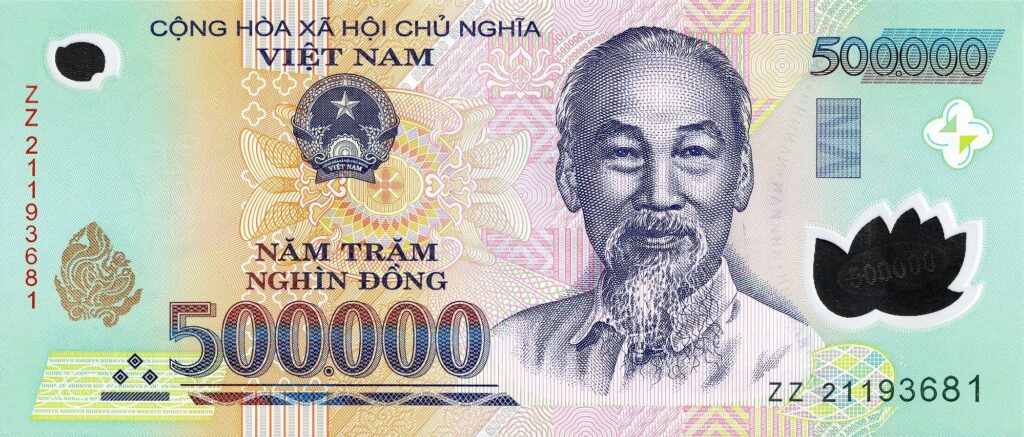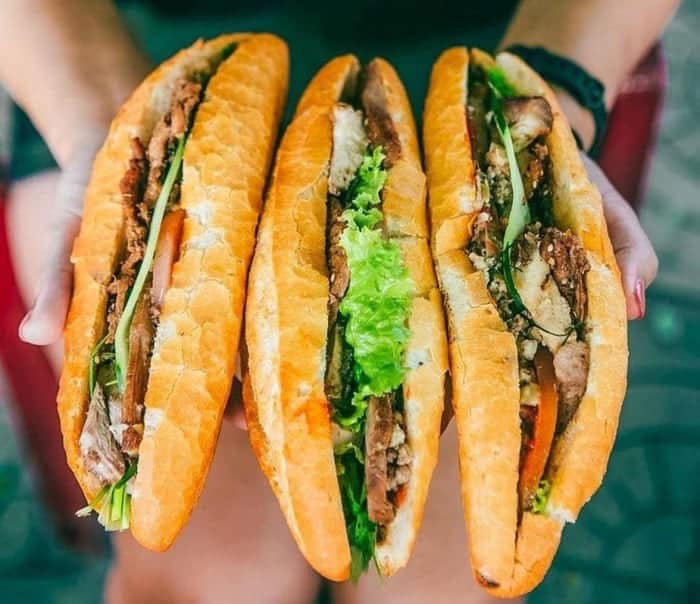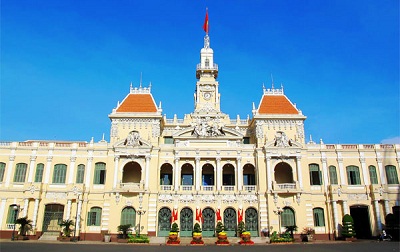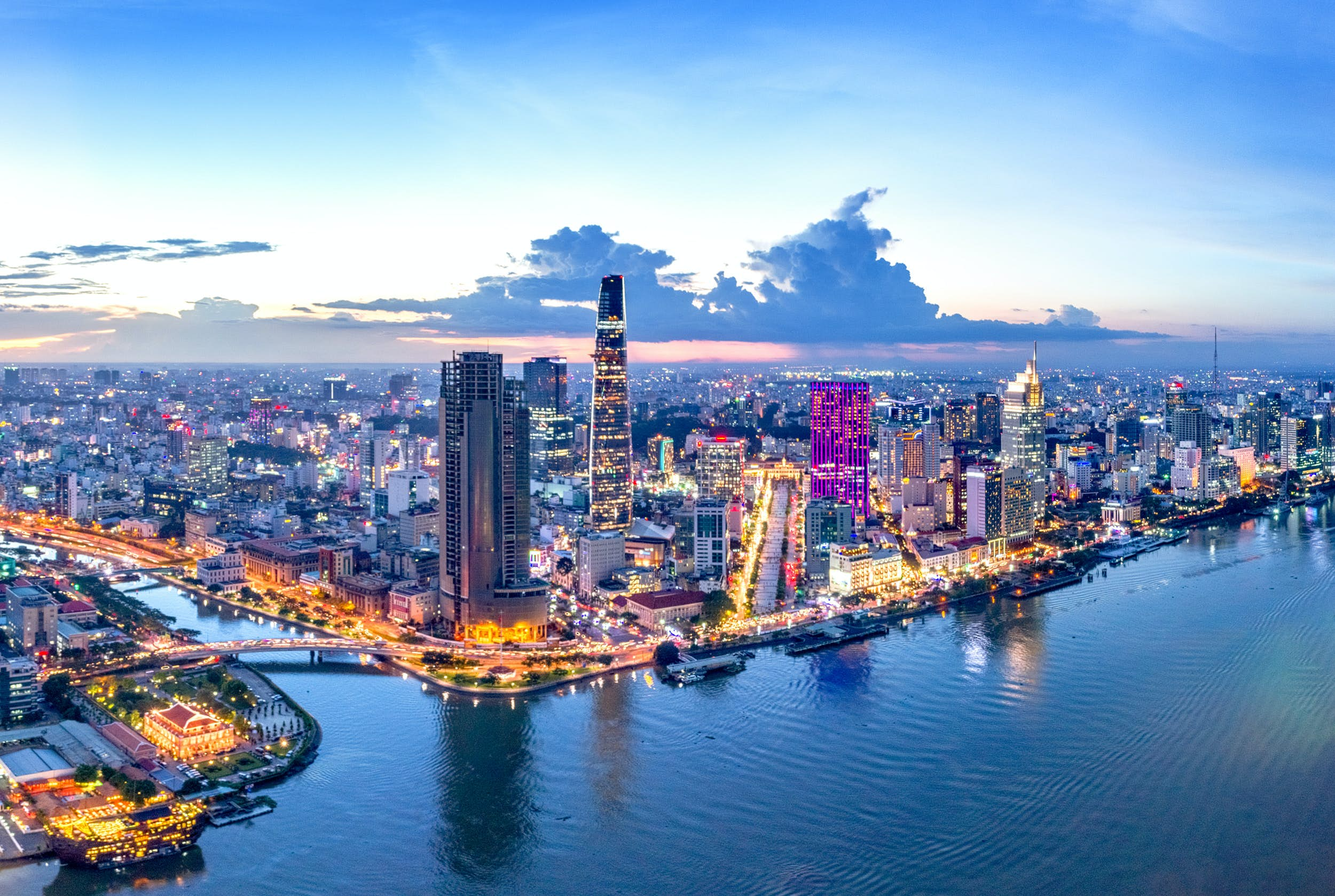Understanding Vietnamese Money: A Simple Guide for Foreign Tourists
Vietnam is a fascinating destination with stunning landscapes, vibrant cities, and rich culture. To make your visit smoother and more enjoyable, it’s important to understand the local currency—the Vietnamese Dong (VND). Here’s a straightforward guide to help you navigate Vietnamese money and handle transactions with confidence.
1. The Basics of Vietnamese Currency
- Name: Vietnamese Dong (VND)
- Symbol: ₫
- Common Denominations:
- Banknotes:
- 500 VND (rarely used)
- 1,000 VND
- 2,000 VND
- 5,000 VND
- 10,000 VND
- 20,000 VND
- 50,000 VND
- 100,000 VND
- 200,000 VND
- 500,000 VND
- Coins:
- 200 VND
- 500 VND
- 1,000 VND
- 2,000 VND
- 5,000 VND (rarely used)
- Banknotes:
Banknotes are colorful and typically depict Ho Chi Minh, Vietnam’s revered leader, on one side, with notable landmarks or cultural symbols on the other.

2. Exchange Rates and Conversions
As of [current date], 1 USD equals approximately 23,000-25,000 VND. For a quick reference:
- 100,000 VND ≈ $4 USD
- 1,000,000 VND ≈ $40 USD
Before your trip, check the latest exchange rates to plan your budget accordingly.
3. Where to Exchange Money
- Banks: Safe and reliable but may have longer processing times.
- Currency Exchange Offices: Found in cities and airports; often quicker but compare rates.
- Hotels: Convenient but rates may not be the best.
- ATMs: Widely available and provide a direct way to withdraw VND using your card. Keep in mind withdrawal fees.
4. Tips for Handling Cash
- Carry Small Bills: Many local shops and street vendors may not have change for large denominations like 500,000 VND.
- Check Your Change: Due to the similar appearance of some bills, ensure you’re receiving the correct amount.
- Use a Money Clip or Wallet: Organize your notes by denomination to avoid confusion during transactions.
5. Card Payments
While cash is king in Vietnam, credit and debit cards are increasingly accepted in cities, major hotels, and upscale restaurants. However, smaller businesses and rural areas usually only accept cash.
6. Tipping Etiquette
Tipping is not mandatory but is appreciated in tourist-centric areas. A small tip (10,000-50,000 VND) for good service in restaurants, taxis, or for hotel staff is common.
7. Common Scenarios for Spending Money
Here are examples of what you might spend during your trip:
- Street Food: 30,000-50,000 VND for a bowl of pho or banh mi.
- Taxi Ride: 20,000-50,000 VND per kilometer.
- Souvenirs: 50,000-200,000 VND for handmade items or small gifts.
8. Digital Payment Options
Mobile payment apps like MoMo and ZaloPay are gaining popularity in Vietnam. If you plan to stay for an extended period, setting up one of these apps might be useful.
9. Beware of Counterfeit Notes
Although rare, counterfeit notes can be an issue. Always exchange money at reputable places and familiarize yourself with the texture and security features of Vietnamese banknotes, such as watermarks and color-changing ink.
10. Final Tips for Foreign Tourists
- Learn Basic Phrases: Knowing how to say numbers and the names of common denominations in Vietnamese can be very helpful.
- Plan for Bargaining: At markets or with street vendors, negotiating is expected. Start with a smile and suggest a lower price.
- Stay Safe: Keep larger sums of money in a secure place and only carry what you need for the day.
Understanding Vietnamese money doesn’t have to be complicated. With a bit of preparation and these simple tips, you’ll be ready to enjoy all the wonders Vietnam has to offer while navigating its currency with ease.
Start planning your tailor-made Viet Nam tour by contacting one of our specialists…

The Most Popular Articles






















